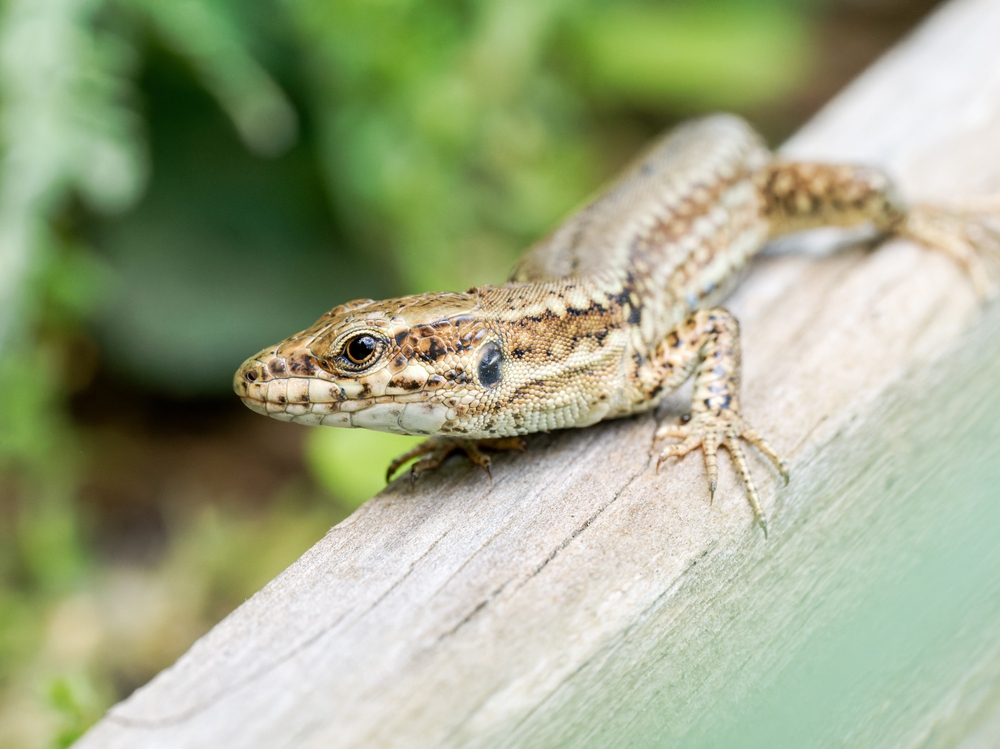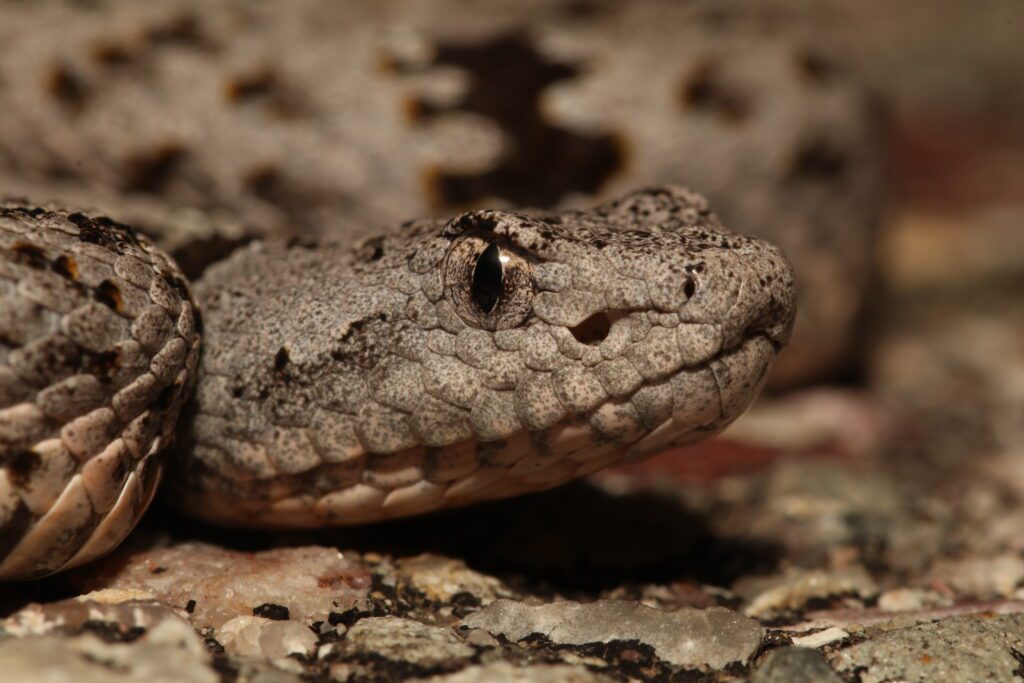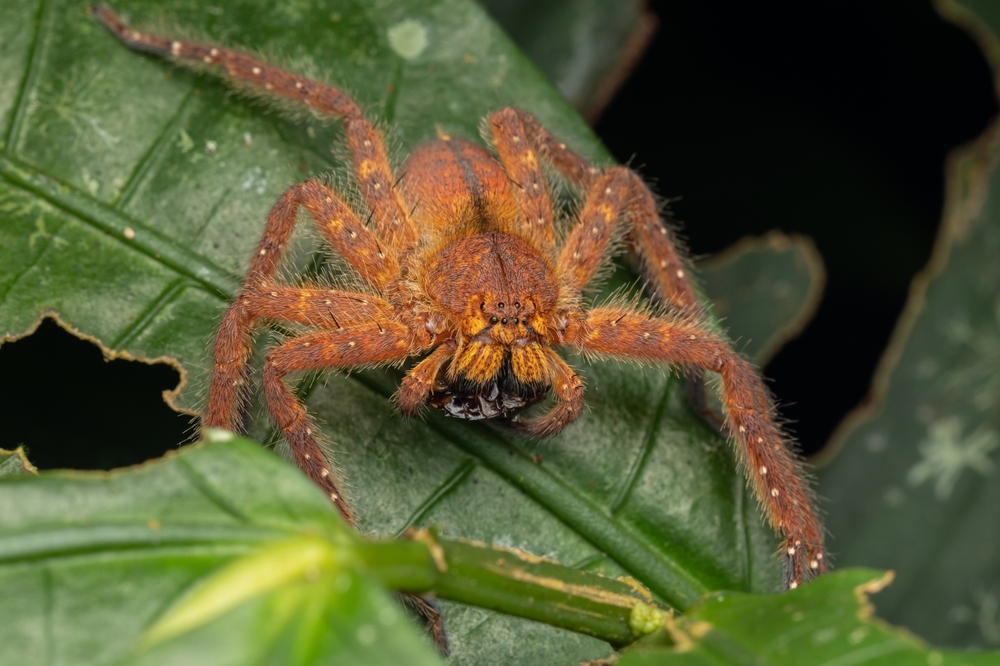Research from the University of Turku, Finland has discovered a new genus of tarantula so well-endowed that it deserved a legendary name.
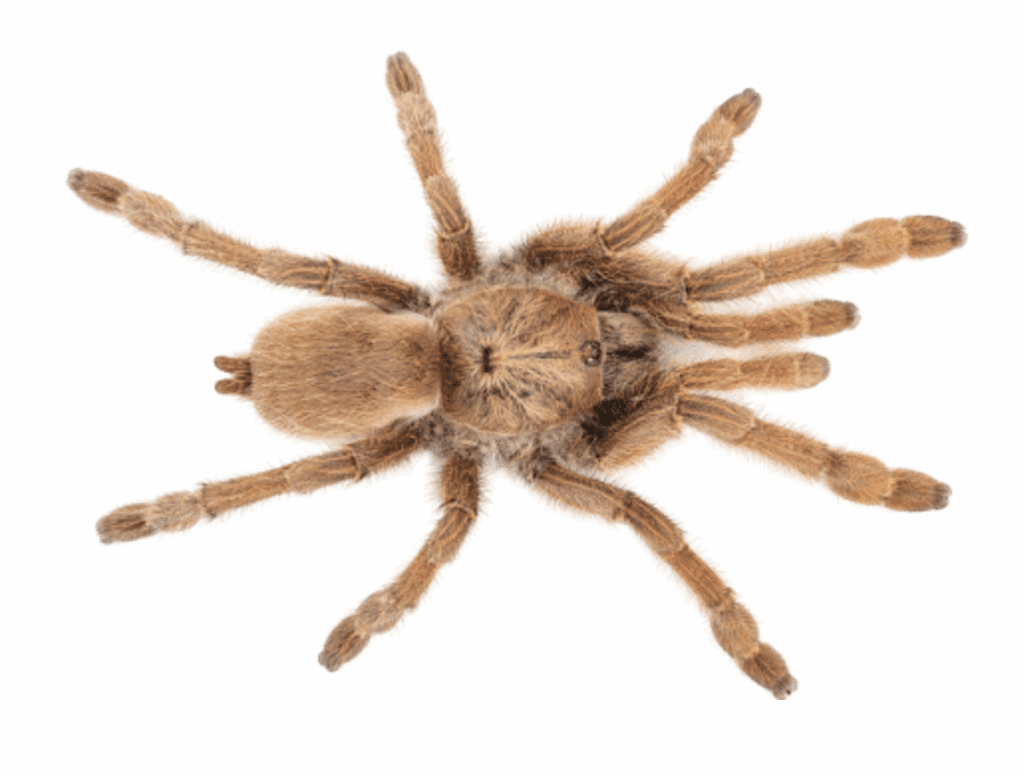
The new tarantula genus has been named Satyrex after the satyrs from Greek mythology. Satyrs are noted for two characteristics- being half-goat half-man and having rather large members. The Satyrex genus contains four species inhabiting the Arabian Peninsula and the Horn of Africa. Packing more than just venom, the Satyrex genus possesses the largest pedipalps of any known tarantula, leading to the name satyr-king.

What are tarantula pedipalps?
Pedipalps are leg like appendages near the tarantula’s mouth, involved in feeding and mating. During mating, the male uses a specialised structure on the pedipalps, known as pedipalp bulbs, to deposit sperm into the female. After mating, the male is frequently eaten by the female. The researchers behind this discovery believe these extra-large pedipalps could increase the males’ chances of survival. Being further away from the female may give these well-endowed males the extra centimetres they need to mate again another day.
Who’s in and who’s out of the Satyrex genus?
The new Satyrex genus was discovered while revising the genus Monocentropus. The revision leaves M. balfouri as the sole remaining species within the genus. With its bright blue legs and potential for being kept communally, M. balfouri is popular amongst tarantula keepers. The new genus Satyrex is now comprised of S.longimanus (previously Monocentropus) and four newly described species- S.arabicus, S.ferox, S.somalicus and S.speciosus.
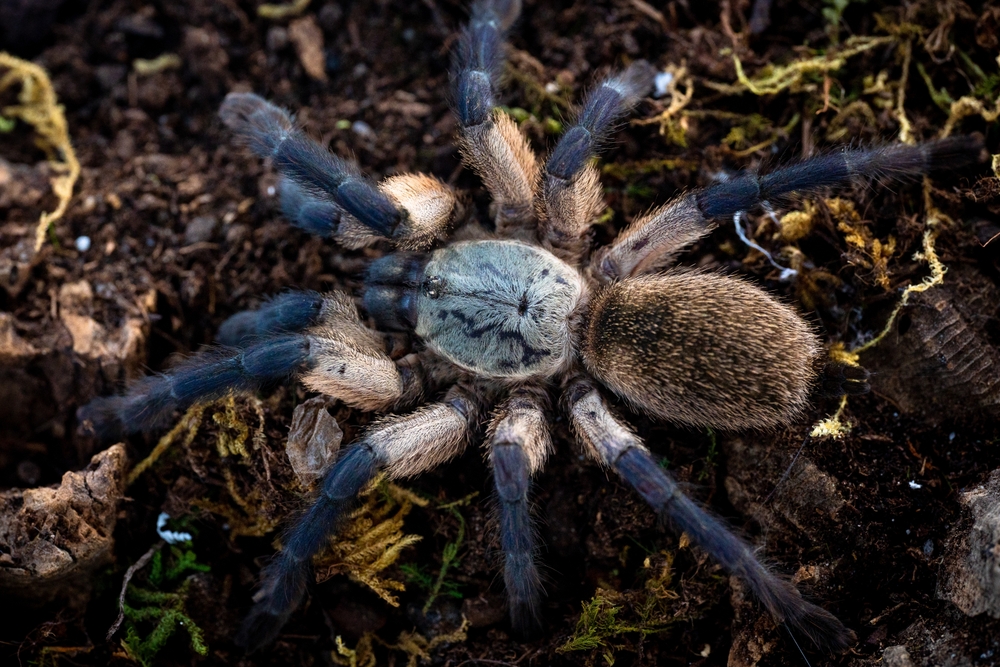
During this taxonomic revision, the researchers utilised two different methods, morphology and genetics. The morphology grouping is how you might expect- do the tarantulas looks similar. In particular, do all the species have large pedipalps? Unfortunately for male M. balfouri they are measuring in as average.
The genetic approach looked at how the species DNA varied. By sequencing regions that undergo very little variation, how closely related two species are can be established. During this approach, known as molecular phylogeny, mitochondrial and nuclear DNA regions are sequenced and compared. The closer the sequences match, the more related the species are.
Click here to read about more pop culture taxonomic names.
By Adam Colyer and Sanya Aggarwal
Nature’s Imitation Game: Emerald Tree Boas and Green Tree Pythons
High in the forests of South America and the Indonesian archipelago, jewel-toned snakes drape themselves…
The Wall Lizards of Ventnor Botanic Garden
Tucked away on the sun-soaked southern coast of the Isle of Wight, UK lies a…
Thinking Like a Snake: Field Insights into Emerald Tree Boa Husbandry
Among keepers, few snakes inspire as much awe as the emerald tree boa (Corallus sp.)….
Herping Arizona Monsoons 2025 – Part One
Arizona encompasses vast stretches of Sonoran, Colorado, and Mojave Deserts. It’s scattered with 10,000-foot-high mountains…
“Extinct” Doves Hatch at Chester Zoo
Eight chicks belonging to a dove species that has been extinct in the wild for decades…
Naming Nature: Where Taxonomy Meets Pop Culture
From David Bowie’s lightning bolt immortalised in the iridescent fur of a spider, to Jackie…

